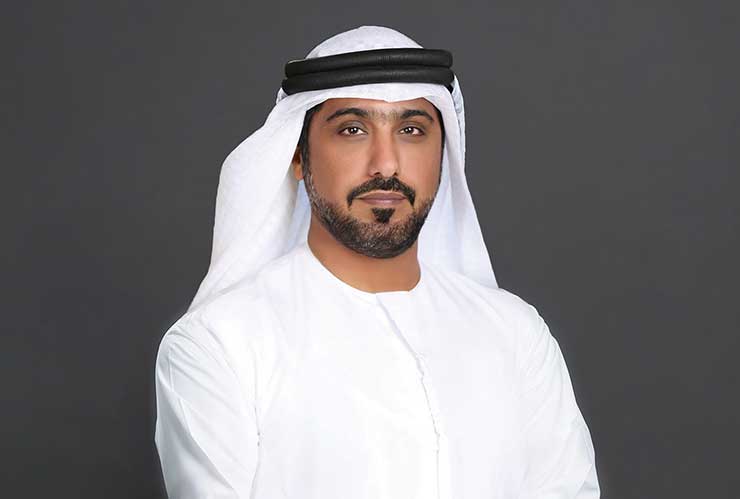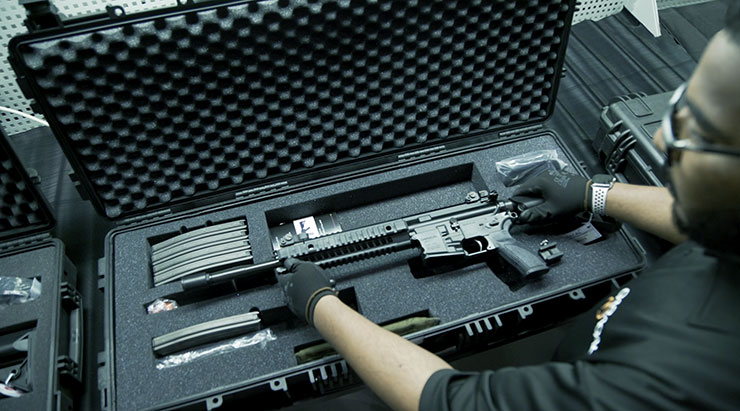
The firearms industry is experiencing a shift in defence acquisitions. Once dominated by legacy companies, the firearm of choice for many armed forces’ modernisation programmes is now being decided by new factors. Maximising in-country value and meeting specific customer requirements have been among the major considerations in recent years. Underpinning the awarding of recent tenders has been advanced manufacturing, innovative intellectual property and an inclusive approach to business models. Heritage in the small arms industry may be counting for less, as new, agile and dynamic firearms producers are capable and willing to do more.
The Fourth Industrial Revolution (4IR) has permitted small arms companies to acquire advanced manufacturing capabilities across the entire production line. Research and Development (R&D), manufacturing, assembly and test facilities have been subjected to technologies that have given the freedom to innovate in firearm designs while streamlining production turnaround and enabling transparent testing that simulates environments with exacting accuracy. Computer-aided design and computer-aided manufacturing (CAD/CAM) software paired with additive manufacturing (3D printing) and CNC (computerised numerical control) machines has permitted rapid prototyping and precision manufacturing. Internet of Things (IoT) technology can collect data from machines to calculate Overall Equipment Effectiveness (OEE), providing manufacturers with an easy-to-manage, data-centric environment for monitoring production and predictive maintenance.
Additionally, the introduction of robotics such as Autonomous Mobile Robots (AMR), Automated Guided Vehicles (AGV) and cobots, or collaborative robots, are permitting unprecedented levels of automation. The 4IR has certainly augmented the ease of entry into quality manufacturing and comparatively new firearms producers integrating these technologies can now offer a product produced to a standard previously exclusive to long-standing companies.
Firearms producers are also becoming increasingly capable of producing innovative intellectual property (IP). By ensuring R&D departments and test facilities are well-resourced with 4IR technology, new firearms can be designed with a keen consideration for multiple factors. Chief among these factors is saving on weight, modular ergonomics, precision accuracy and extreme durability. This approach has seen relatively new firearm producers make monumental strides in the international market. Moreover, the dynamism and agility seen from relatively young companies are proving their worth in aftersales support.

Services and support take a personalised approach when done efficiently, which can enhance trust and faith between the customer and producer. Offering full technical support for the maintenance and repair of products along with certified armourer and operator training from basic to advanced levels is an offering unique to a small arms producer that seeks to innovate not only through design and manufacturing but throughout the entire value chain. This tailored approach to serving a customer is also being witnessed in business models.
Innovation in small arms is taking place beyond the R&D departments and production lines. The increase in the development of sovereign defence capabilities seen in multiple countries, as well as governments seeking to maximise the in-country value of international tenders, has favoured small arms producers that can take a collaborative approach to the market. Companies open to different business models such as joint ventures (JV), localised manufacturing and partnerships can meet requirements on a case-by-case basis and capitalise on mutually beneficial opportunities. Beyond business, this diplomatic approach promotes solidarity between producers, governments and end-users.
The international small arms industry has also witnessed new companies accelerating their growth through partnering with or acquiring established companies and experts from different parts of the world. These strategic international partnerships and acquisitions have resulted in invaluable knowledge sharing and utilisation of entrenched supply chains. The result for some is a rapid development of quality products that can be offered in foreign markets.
The disruption in the global small arms industry is being caused by the agile, customer-centric companies that, through strategic investment in the latest technologies, offer tailored small arms that operate flawlessly in the harshest conditions. This disruption could spell a considerable shake-up in the global small arms industry as legacy companies now compete with modern, internationalised and dynamic firearm producers.
-The writer is Chief Executive Officer of CARACAL, an entity of EDGE Group








